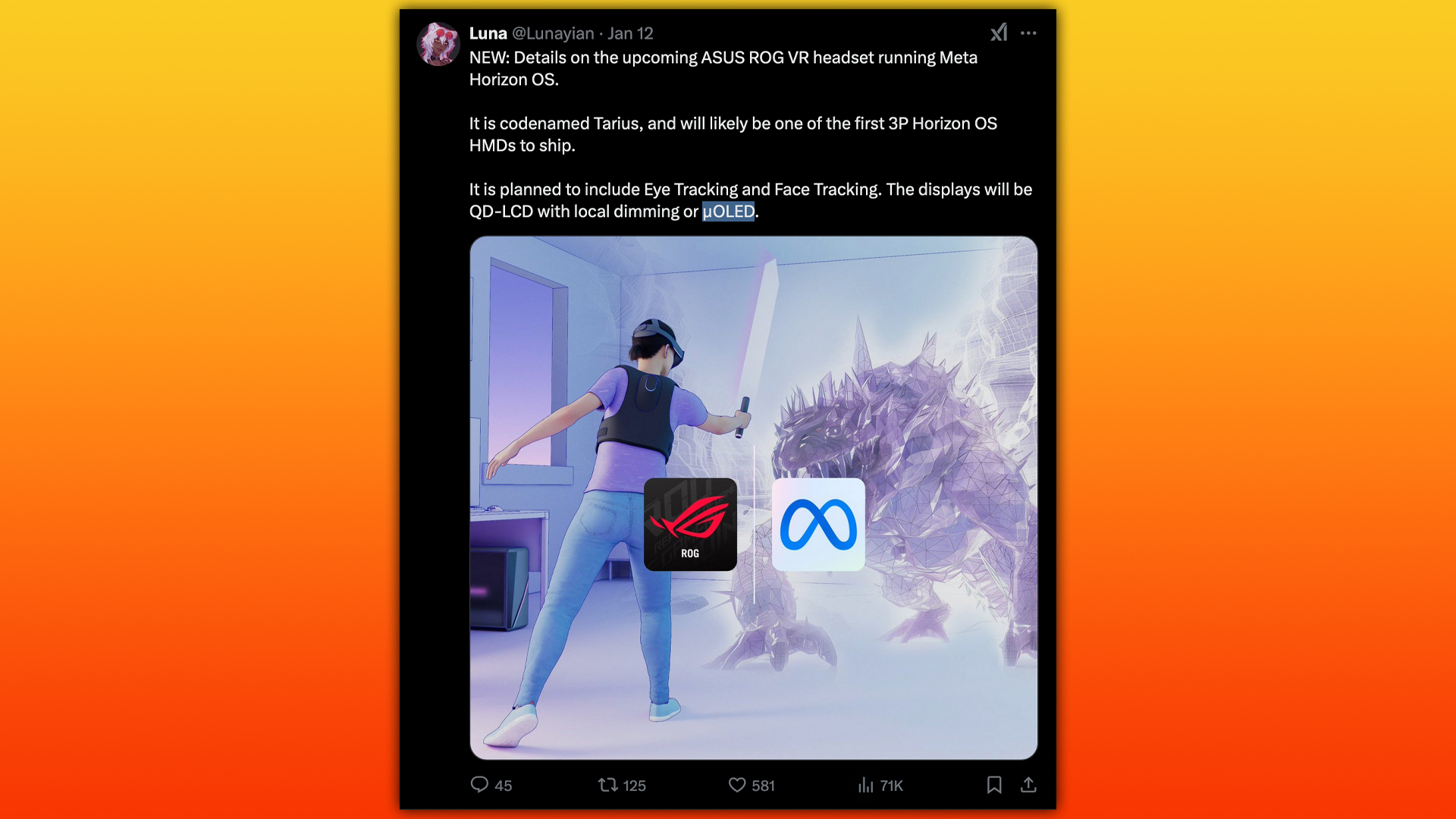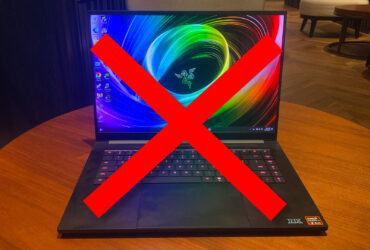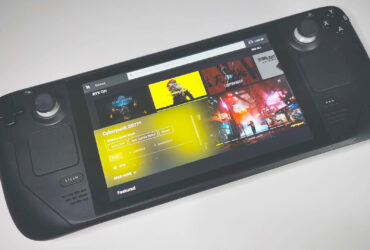After nearly a year of silence from Asus, the first details about the company’s Meta-powered VR headset have apparently leaked out. Originally announced by Meta CEO Mark Zuckerberg in April 2024, the idea is that Meta would supply its operating system – Horizon OS – to hardware manufacturers such as Asus.
The best VR headset designs have seen a huge shakeup in recent years, with firms largely ditching VR systems that are explicitly tied to gaming PCs, instead opting for a hybrid model. The Meta Quest 3 and 3S provide both a built-in experience and the ability to connect to PCs. The announcement that the operating system would be made open to manufacturers such as Asus was supposed to add to that shakeup.
It’s only now that we’re seeing signs of it, though, thanks to this post on X (formerly Twitter) by tech leaker Luna. According to Luna, the Asus VR headset is dubbed “Tarius” and is expected to be the first third-party meta headset to ship. Luna doesn’t provide any other information about its potential release date.

However, Luna did share that the Asus headset is “planned to include Eye Tracking and Face Tracking.” As of right now, HTC is one of the only companies to provide a face-tracking system for its VR headset. Combined with eye tracking, it would be a big bonus for Meta’s VR suite.
Meta notoriously spent billions on building a metaverse application, intended to be used with the Quest headsets and in work settings. With more headsets supporting facial tracking, it would add some needed humanity to the virtual spaces.
Luna also adds that the two screens inside the headset are set to be either QD-LCD or µOLED models. This would be a step up from Meta’s own hardware, where the Quest 3 still uses LCD panels inside. QD-LCD is a step up from regular LCD, which incorporates Quantum Dot technology to boost color accuracy and brighter images. This is typically found on OLED panels (QD-OLED) but can be incorporated into LCDs as well.
Meanwhile, µOLED is a more compact display module. It’s designed to be placed in smaller devices, such as VR headsets. There’s still some time before Asus confirms that its Meta headset is real. Outside of Zuckerberg’s announcement, the company hasn’t referred to it. On Asus’ website, in fact, the only real mention of VR outside of its marketing materials is in a 2015 blog.
If you’re looking to buy a new headset now, check out our Meta Quest 3S review, where we look at Meta’s own sub-$300 model.












Leave a Reply